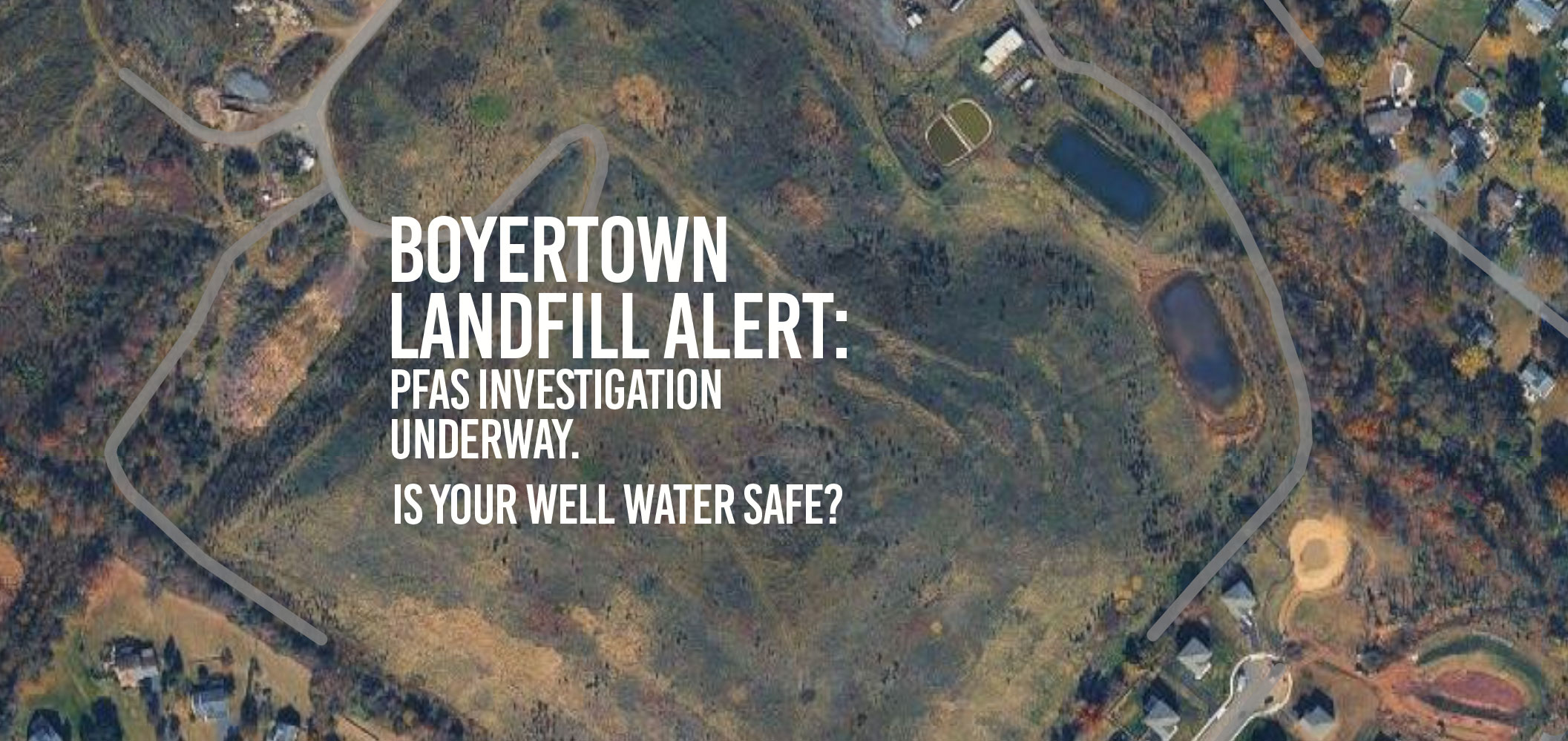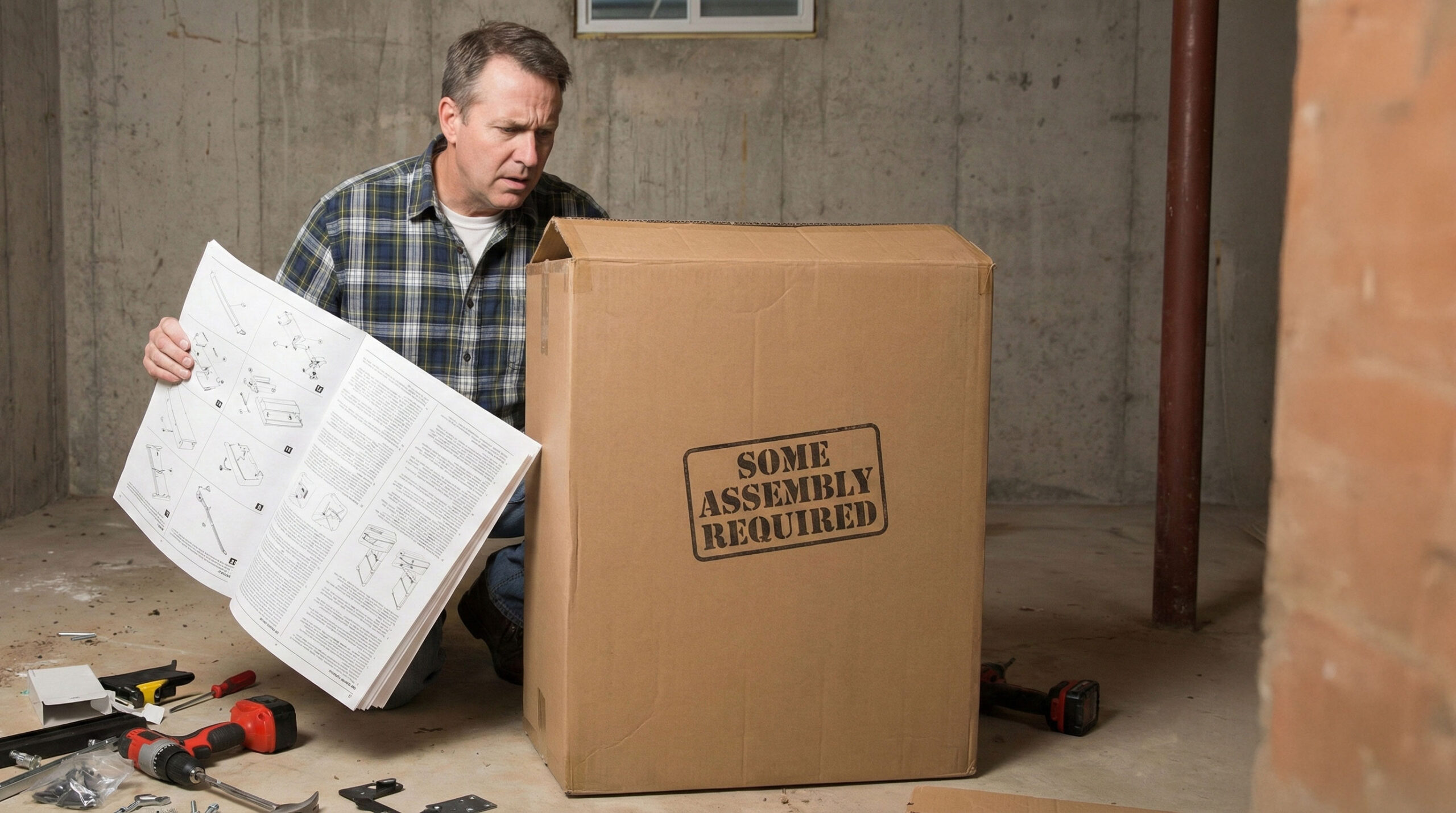Most homeowners assume that if their water looks clear, it must be clean. Unfortunately, that is not always true.
At Dierolf Plumbing and Water Treatment, we often hear from people who are concerned about new contaminants such as microplastics, pharmaceuticals, and even benzene. Those are all important topics, but the truth is that some of the most serious threats are the ones that have been with us for centuries. Heavy metals such as lead and copper remain among the most common, most studied, and most dangerous contaminants we see every single day.
The Hidden Threat in Otherwise “Clean” Water
Many older homes in Pennsylvania were built with plumbing that contains lead pipes, lead solder, copper pipes, or brass fittings. Over time, corrosion allows small amounts of these metals to dissolve into the water that passes through them. You cannot see it, and you cannot taste it, but the long-term effects can impact both your health and your home.
Corrosion is especially common in water that is acidic or softened incorrectly. When water sits in the plumbing overnight, it can dissolve trace metals and carry them right to the tap.
According to the Pennsylvania Department of Environmental Protection, corrosion inside plumbing systems is one of the leading causes of lead and copper contamination in homes across the state. The Penn State Extension also notes that even slight changes in pH can mean the difference between water that is safe and water that is slowly dissolving your plumbing.
Why Lead and Copper Still Matter
These two metals continue to make headlines for good reason. They are dangerous in very different but equally serious ways.
Lead: The Legacy Metal
There is no safe level of lead exposure, especially for children and pregnant women. This brief video highlights some of the major concerns of pediatricians: https://www.youtube.com/watch?v=rZx8qoEHhFA&t=16s
Lead does not usually come from the water source itself. It enters through pipes, solder joints, or fixtures that contain lead and slowly leach it into the water you drink.
In Pennsylvania, the concern is not theoretical. A CBS News Philadelphia report found elevated lead levels in nine Central Bucks County schools just before the school year began. Communities such as Phoenixville are taking proactive steps by conducting inventories of their lead service lines, but thousands of older homes across the region still have plumbing that can release lead into the water supply.
Even when test results fall below the Environmental Protection Agency’s action level of 15 parts per billion, that does not mean the water is risk-free. The Bucks County Courier Times pointed out that “a little lead” in Bucks and Montgomery County water is not the full story, because even trace amounts can accumulate in the body over time. The Mayo Clinic offers a full exploration of the health impacts of lead in drinking water.
Copper: The Quiet Companion
Copper is an essential nutrient in small amounts, but when corrosion releases too much of it into your water, it can cause stomach upset, liver strain, and long-term health concerns.
You might notice a metallic taste or blue-green staining around sinks and faucets. The National Center for Biotechnology Information reports that copper is one of the most frequently detected metals in residential water systems, and prolonged exposure can have cumulative effects.
Signs You Might Have a Metal Problem
Heavy metals are invisible, and unlike bacteria or sulfur, they do not create a smell or a slimy buildup. Still, your home or our body might be sending clues.
- A metallic or bitter taste
- Blue-green or reddish stains in sinks or tubs
- Water that looks cloudy after sitting unused
- Unexplained headaches, fatigue, or stomach discomfort
- Older plumbing that has never been updated
If you have noticed any of these, do not panic, but do have your water tested.
A certified drinking water test from an accredited Pennsylvania laboratory will identify the exact concentrations of lead, copper, and other metals. It is the only reliable way to know what is actually in your water.
Protecting Your Home and Health
The encouraging news is that these problems have clear solutions.
- Neutralize acidity: When water is too acidic, it dissolves metals from the pipes. An acid neutralizer system balances pH and prevents corrosion.
- Install filtration: Whole-home filters reduce sediment, iron, and some metals before they ever reach your fixtures.
- Add reverse osmosis: Reverse osmosis systems provide the highest level of purification for drinking water.
- Stay consistent with maintenance: Regular service ensures long-term protection and performance.
Communities are also investing in corrosion control. In Berks County, Pennsylvania American Water recently completed a 3.4-million-dollar project to reduce the risk of lead and copper leaching. It is a strong reminder that the issue is widespread but solvable.
Frequently Asked Questions
Can boiling remove lead or copper?
No. Boiling removes water but leaves metals behind, which increases their concentration.
How often should I test my water?
If you have a private well, test once a year. If you receive municipal water, test whenever you notice changes in taste, odor, or color, or after plumbing repairs.
Is bottled water safer?
It can be a temporary option, but filtration and neutralization provide a more permanent and sustainable solution while reducing the risk of microplastic contamination
What is the best long-term solution?
For private well water with unbalanced pH, we recommend combining neutralization, which stops corrosion, with reverse osmosis, which removes remaining contaminants at the tap. This approach protects both health and plumbing.
For public water, whole home filtration layered with a reverse osmosis drinking water system is the gold standard.
The Dierolf Perspective
Our team has been helping Pennsylvania homeowners protect their water for decades. Heavy metals remain one of the most persistent issues we encounter. They are silent, they are invisible, and they do not discriminate between rural wells and suburban neighborhoods.
With proper testing and the right treatment systems, you can regain complete confidence in the water you drink. You do not need to guess, and you certainly do not need to settle.
If you are ready to find out what is really in your water, we would be happy to help.
Schedule your free water analysis and take the first step toward cleaner, safer water for your home.
Read More
How Water Quality in Philadelphia and Its Surrounding Suburbs Impacts Your Coffee and Tea Experience
Coffee and tea lovers tend to obsess over beans, leaves, grind size, temperature, steep time, and equipment. These details matter, but they overshadow one of the most important parts of the brewing process. The water [...]



